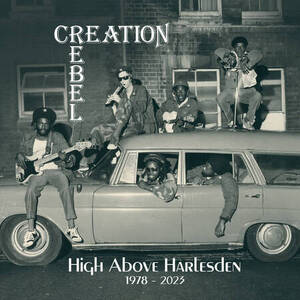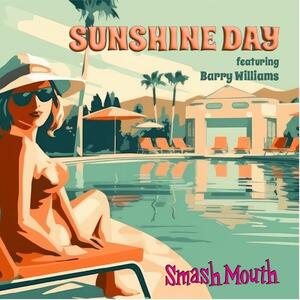
Patch & Tweak with Moog
Kim Bjørn
Bjooks
Back in the day, I had a book called Science and the Universe, part of the Mitchell Beazley Joy of Knowledge library. I still have the book — it’s an encyclopedic tome, almost 300 pages of meticulously-written information on just about any science- or universe-related topic a 10-year-old mind can think of. Unlike the multi-tome encyclopedias of the time, it is heavily illustrated, with only about a quarter or a third of the page taken up by dense text and the rest a variety of diagrams, images, and photographs, each with a dedicated caption.
I have spent more time with this book than any other in my lifetime, and I say that as someone who has read Snow Crash four times. Before there was an internet, this book was my internet, a place where I could casually wander from topic to topic, losing track of time and any external sensory inputs.

Cracking open Patch & Tweak with Moog gives me that same feeling. The world of Moog synthesis (and it should be noted, specifically that world) is mapped out before me. I can be methodical and start at the beginning, with a foreword by noted film composer Hans Zimmer, or flip through the pages, delving into the mechanics of sound synthesis, the history of the Moog company and its products, interviews with a wide variety of Moog-related individuals, and much more. There is no search function, only an index that gives you a rough location for the information you need. Once you’re there, you may need to wander a bit and absorb some related bits and pieces before you find what you’re looking for.
A large part of the book shows you how to generate sound with your Moog devices by explaining basic concepts of synthesis (oscillators, filters, sequencers, etc.), showing you how they relate to specific Moog models and providing some illustrative patches you can apply. This content makes up a sort of extended user manual for owners of Moog products, which may or may not be useful to the reader.

Nonetheless, the bulk of the content remains timeless and universal, especially the interviews with synthesis luminaries like Trent Reznor and Mark Isham, and a well-researched section with Moog history and a product timeline. Like Fender, Gibson, Ludwig, and many other famed musical instrument manufacturers, Moog is more than a brand for a business enterprise. It’s a certain aesthetic, a commitment towards aiming past a contraption that will make some sort of desired sound and hitting a target where the instrument becomes an integral part of the musical identity.
This book does a great job of presenting the many possibilities that these particular collections of electronic parts can offer, and several of the sounds and inspirations their users have been able to discover. If you own a recent Moog product, or have more than a passing interest in getting one, this book is for you.












